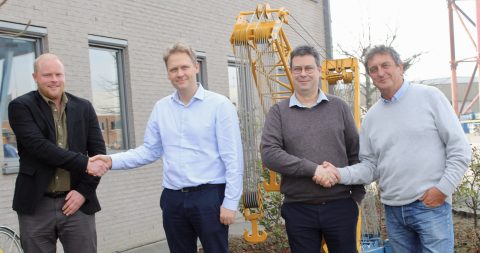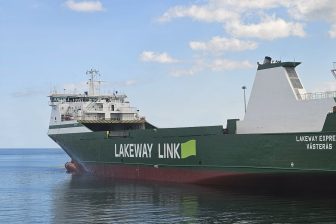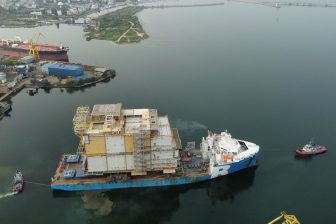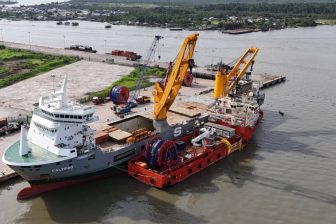
Sarens and Tugdock Limited announce partnership
Sarens have invested in Tugdock to support future growth of the Cornwall-based start-up, and combine their patented technologies to provide a new solution to floating offshore wind.
Floating offshore wind turbines are located in areas where there is deeper water and higher winds than fixed wind turbine structures, enabling them to generate higher levels of power. They are expected to play a key role in the transition to net zero. Over 20 gigawatts of floating offshore wind power is expected to be commissioned globally by 2035, requiring over 2,600 wind turbines.
Lucas Lowe-Houghton, Director of Business Development for Tugdock, explains:
“The floating offshore wind sector is expected to continue to grow rapidly. However, very few of the world’s ports have sufficient water depth and assembly quay space to build the huge turbine floaters required and conventional dry docks are not wide enough as they were originally designed for ships. Tugdock’s patented marine buoyancy bag technology solves this issue. It allows floating dry docks to be delivered by road in modular form and assembled at the port to dimensions far wider than most of the world’s existing dry docks.”
Our submersible floating dry docks can operate with as little as 5 metres draft, enabling more efficient wind turbine floater construction. The platform is then towed to deeper water for launching of the turbines. More than 8% of the total cost of a floating offshore wind farm is accounted for by assembly and installation. So, any innovation that allows this process to be carried out more efficiently and quickly will have a big impact on profitability for developers.”
The units can also be reused from one port or project to another regardless of changes in turbine size or foundation weight.
You just read one of our premium articles free of charge
Register now to keep reading premium articles.




